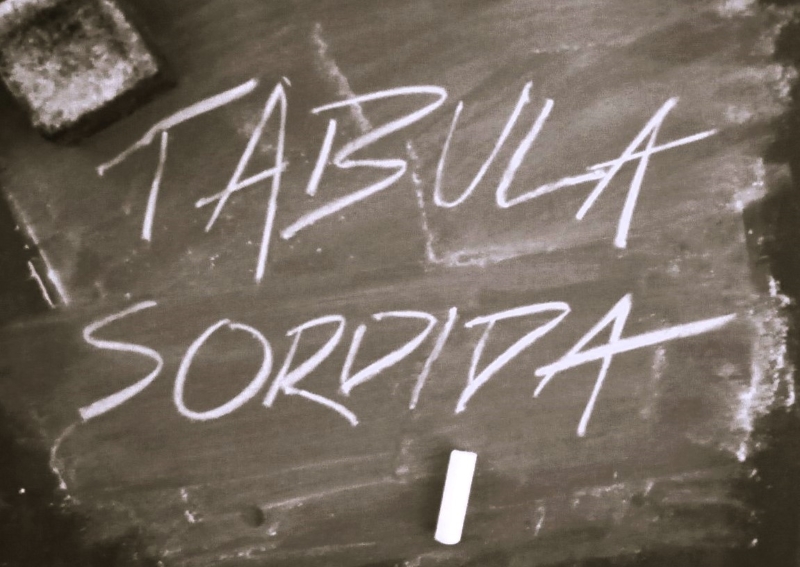For the rest of this thought-experiment, we will be referring only to the Top 3 Archetypal Roles in the Beebe hierarchy. The following table presented, for context, is from The Type Decoder http://www.baapt.org/news/january-recap-mastering-the-subtle-balance
<final link tbd>:
Position |
Archetype: emotional energy |
Role |
1st |
Hero/heroine: strength & pride |
Organizes adaptation, initiates individuation |
2nd |
Parent (father/mother): fostering & protecting |
Provides a channel for contributing to the world |
3rd |
Eternal child: immaturity & play |
Source of play, creativity, enjoyment, and vulnerability |
4th |
Anima/animus:embarrassment & idealization |
Activates projections that become a gateway to the unconscious |
5th |
Opposing personality:frustration & challenge |
Defends by negating, avoiding, seducing; self-critic |
6th |
Senex/witch:limit-setting & control |
Defends by offending, belittling, inactivating; sets limits |
7th |
Trickster:manipulation & paradox |
Mischievous; creates double binds, circumvents obstacles |
8th |
Demon/daimon:undermining & redemption |
Undermines self and others; creates opportunities to develop integrity |
In this part, we will be examining the 1st Heroic Role, using STR Attribute as an example. Eventually I’ll get to the other 5 Attributes (after the holidays), and even further down the line, the six Attributes as seen in the 2nd Parent and 3rd Child Positions.
Also from the Type Decoder, a more detailed view of how the Heroic Role functions in Jungian Psychological Type theory (as your read this, substitute the words Mental Function for Attribute in your head):
Hero/heroine: first, dominant
Keywords: Strength (not STR!) & Pride
Role: Organizes adaptation, initiates individuation.
Descriptors:
• Acts with
confidence having seemingly effortless energy
• Source of
strength (not str!), courage, and pride
• Seeks
acknowledgment and thrives on admiration
• May lead to a
superiority complex
Role:
• The Mental Function in this position provides strength to engage and to persevere against the trials and tribulations of life. It is the anchor on which one depends. However, it can become inflated and lead to zealotry and hubris.
One tends to experience the Mental Function in this position as:
• All-powerful
• Deserving of admiration
Use of the function in this position can lead one to:
• Desire
recognition and admiration for it
• Rush to
defend challenges to it
• Trust it
when it should not be trusted
Traps or pitfalls of the function in this position:
• Projects
superiority over others
• Demands its
use be admired
• Leads to
self-centered behavior
• Treated as
if it is always correct
Development of the Mental Function in this position entails:
• Freely
engaging it without fear of repercussion
• Recognizing
its limits and respectfully questioning its work
• Allowing
others to use this function, even if they do so poorly
<end quote>
For brevity, I will be picking and choosing which of the bullet points from the above exhaustive list of descriptions to apply to Attributes. It is unnecessary to provide an analogous answer to every point, and sometimes it’s inappropriate. As we continue describing through the Attributes, I’ll try to consistently pick the same bullet points, for consistency.
So first up, we have STRength in the Heroic Position, which we'll get to in Part Three.

